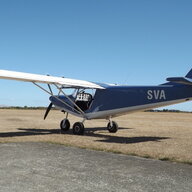-
Posts
3,012 -
Joined
-
Last visited
-
Days Won
26

IBob replied to danny_galaga's topic in Instruments, Radios and Electronics

IBob replied to danny_galaga's topic in Instruments, Radios and Electronics

